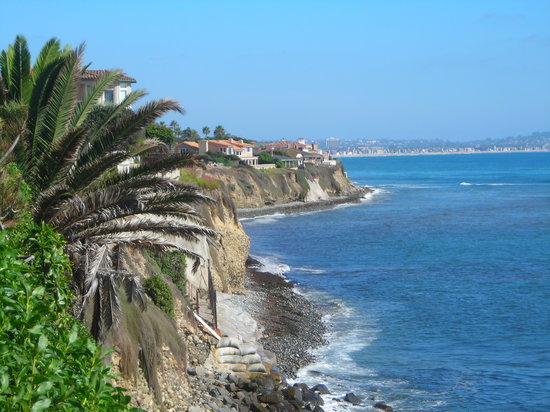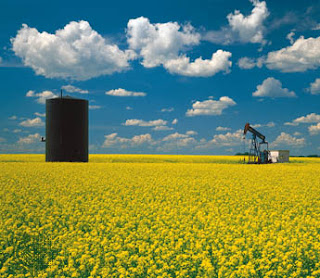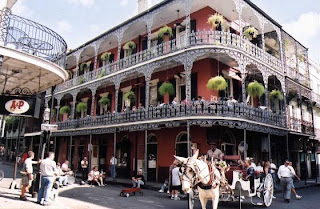| View from my hotel room in Oahu, Waikiki Beach |
1. Sea World-
The world famous Shamu calls Sea World home and there are also several shows that families can take their children to watch. My personal favorite exhibit at this ocean theme park are the polar bears. I also had a blast feeding the dolphins fish. Sea World gives you the opportunity to get up close and personal with marine life.
2. Legoland-
Legoland is a relatively new theme park that is based upon the popular children's toy legos. There are rides, attractions, and a water park. I personally have never been to Legoland mainly because it is a place to take younger children.
3. The Beach-
Where else would you go in San Diego?! San Diego has several beaches including Mission Beach, Pacific Beach, the La Jolla Beaches, and the Point Loma Beaches. Soak in the rays, play beach volleyball, or go surf!
4. San Diego Zoo Safari Park-
This zoo offers a different offers a different kind of experience. The tour is safari style and allows us to come into close contact with animals, included lions, living as they would in their natural habitat.
5. The San Diego Zoo-
The San Diego Zoo is a enormous complex housing a vast variety of animals. There are also several restaurants in the zoo that hungry visitors can chow down at. Some of my favorite animals that I saw here were the lions, giraffes, polar bears, and tigers.
6. Harbor Cruise-
A harbor cruise gives you an awe-inspiring view of downtown San Diego and also gives you a view of the Pacific Fleet. The view from the water is unforgettable.
7. Coronado Island-
This city is located about 15 minutes outside of downtown San Diego. It's peaceful and easy going atmosphere is a slight departure from San Diego's lively, fast-pace nature. Coronado also has a classic hotel named the Hotel de Coronado and ocean-side dining.
8. Balboa Park-
Balboa Park is America's largest cultural urban park. It has more than 25 museums and attractions and 8 gardens. You can take a walk, admire the scenery, go for a long bike ride, or even ride a carousel.
9. USS Midway Aircraft Carrier-
Exhibits range from the crew's sleeping quarters to a massive galley, engine room, the ship's jail, officer's country, post office, machine shops, and pilots' ready rooms, as well as primary flight control and the bridge high in the island over the flight deck. 10. La Jolla-
La Jolla is a higher end community with extravagant shopping, beaches, and beach-side dining. It is a beautiful community to visit especially if you have a little extra cash to blow!
 |
| USS Midway Aircraft Carrier |
 |
| Hotel de Coronado |
 |
| Pacific Beach |




























